What can a permaculturist learn from a Soil Fertility course at Ohio State—one taught mainly for future corn and soybean farmers? A surprising amount, actually. Here are a few learning highlights.
● Nitrogen is fickle; only 15% of the nitrogen in good organic soil is typically available to plants, but those nitrogen compounds are also prone to moving through the soil, washing away or disappearing into the atmosphere as gas. Permaculturists can take advantage of this mobility by establishing nitrogen-fixing plants like sea buckthorn
 throughout their plots. Nearby plants can then access a steady flow of fresh ammonium or nitrate–their favorite nitrogen sources.
throughout their plots. Nearby plants can then access a steady flow of fresh ammonium or nitrate–their favorite nitrogen sources.
But artificial nitrogen applied during conventional farming is way too mobile—especially for farmers who prefer to fertilize in the fall when it’s most convenient. By the time corn really needs nitrogen compounds for its July growth spurt, most of that nitrogen is usually long gone–often off polluting rivers and lakes.
● Phosphorous is stubborn; it only makes itself available to plants when it “feels” like it. Usually it forms strong bonds to minerals like aluminum and calcium and only chooses to disassociate itself at just the right pH (around 6.2) and with the help of lots of organic matter. Even then, it may hold back. Phosphorous-rich plots may not allow plants to access this essential element because the soil doesn’t hold enough (surprise!) zinc. As one of our guest lecturers said, getting nutrients to interact productively can become as complicated as any subject in science.
Major storms, which global warming has multiplied dramatically in Ohio over the past 30 years, have exposed a special difficulty with artificial phosphorous fertilizers: The few percentage points of phosphorous that are soluble have increasingly become Ohio’s major nutrient source for toxic algae bloom.
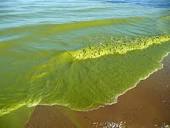 Any sudden rain over 2 inches and we’ve got major water quality problems in Lake Erie.
Any sudden rain over 2 inches and we’ve got major water quality problems in Lake Erie.
● Adding gypsum (calcium sulfate) can be an effective way to increase the calcium content of soil without raising pH. This has special relevance for my small pawpaw orchard since calcium helps fruit trees hold on to baby fruitlets. (My five trees, which formed 200 emerging pawpaws last spring, ultimately lost all but four!) Moreover, since pawpaws prefer acidic soils in the 5.5-6.5 pH range, gypsum offers a preferable alternative to lime (calcium carbonate), which tends to raise pH. Finally–and of great interest to NE Ohio gardeners–gypsum penetrates hard clay soils, especially when applied regularly over several years. The dissolved sulfate half of the gypsum molecule forms a mild solution of sulfuric acid that cuts a path into the clay through which the calcium can pass. Calcium then helps the clay form those lovely soil aggregates that gardeners dream about.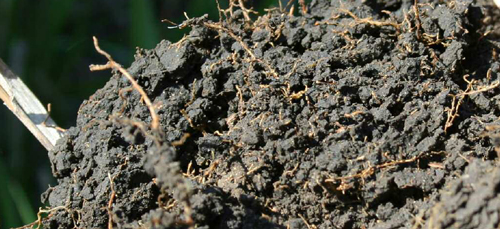
Calcium in its lime form, by contrast, can take years to penetrate clay.
● Leaves give out color clues about what minerals they’re missing. Phosphorous-deficient leaves turn purple, for example,
and potassium-deficient leaves turn brown around their outer edges.
These signs never offer the final word, which should come in the form of a formal soil test. But several of my honeyberry bushes turned purple (phosphorous?) last summer and five of my young salal bushes turned brown around the edges (potassium?) several weeks before their sad, dusty end. I was able to restore one to green, expanding glory
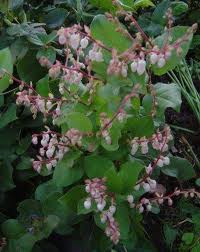 with several buckets full of diluted urine, but I’m not sure which of urine’s many beneficial elements–including potassium–was the real savior.
with several buckets full of diluted urine, but I’m not sure which of urine’s many beneficial elements–including potassium–was the real savior.
I learned a lot more, but, of course, the Soil Fertility class wasn’t about permaculture. In fact, it only just barely touched on permaculture’s broad-acre cousin: agro-ecological farming–the type of farming that is represented by the Ohio Ecological Farm & Food Association (http://www.oeffa.org/).
Instead, it gave me a snapshot of Big Ag’s best thinking at a moment of major ecological and political change. Big Ag’s assumptions of ever more artificial fertilizer for ever more productivity, of course, face increasing skepticism. Big Ag’s response seems to fall somewhere on the continuum of Kubler-Ross’s famous stages of grief–maybe between “denial” and “bargaining.” Too many fossil-fuel-based fertilizers and pesticides? Big Ag’s solution to carbon loss, climate change and pollution is more of the same: top-down and big bucks.
Take the problem of inefficiently applied nitrogen. Why not perform remote sensing of nutrients from the air?
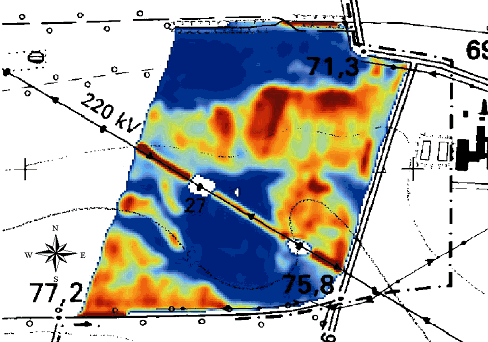 Or better yet why not develop a machine that will sense nutrient needs as it passes with sufficient height through a field of already growing corn and then apply just the right amount of fertilizer on the spot?
Or better yet why not develop a machine that will sense nutrient needs as it passes with sufficient height through a field of already growing corn and then apply just the right amount of fertilizer on the spot?
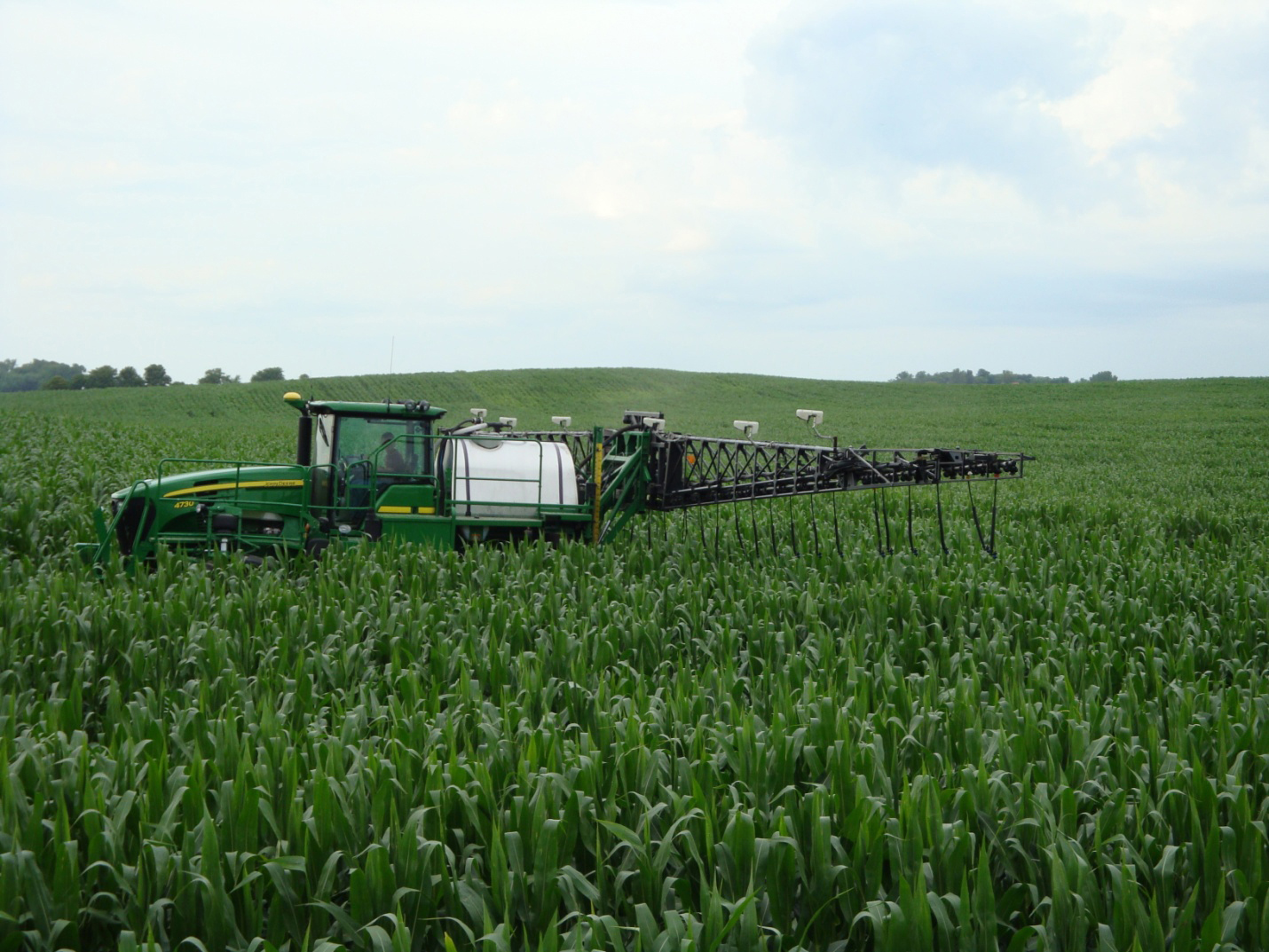
Machines like these, of course, cost tens of thousands of dollars and are likely only affordable for farmers growing monoculture crops across broad acreage.
And that was another major takeaway from the course: Big monoculture farming is getting bigger yet. Over half of Ohio agricultural land is now farmed, not by its owners. but by renters. These renters farm as much land as their equipment will let them. Moreover, they have little incentive to improve the land and its capacity for carbon retention. Next season, after all, they may well be working someone else’s land.
Yet even in Big Ag, the trends point in multiple directions. Those farmers who still work land they do own are showing rising interest in planting cover crops. These, of course, improve fertility and raise soil carbon content naturally. 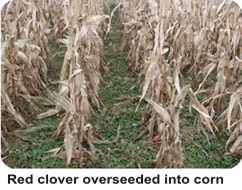 They augur well for the long-term soil health of the land. My professor says he’s never received more inquiries about which cover crops to plant when.
They augur well for the long-term soil health of the land. My professor says he’s never received more inquiries about which cover crops to plant when.
So what’s the outlook for our state’s agriculture? Muddy, just like Ohio fields after all our burgeoning high-volume thunder storms.
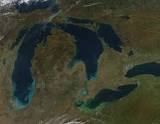
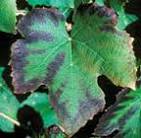

A lecture I attended this past year about new laws in Ohio about when farmers could not dump fertilizer–when the soil is frozen or moisture filled–seems to me to be going in the right direction. It is a response to the algae blooms in the lake for the most part, but perhaps raising the awareness of the general public can help. I was surprised to learn how much of what we put on our lawns ends up in the sewer.
just added, the addition of organic matter to the soil can be combined with the use of biological agents, such as biological fertilizers, biological fungicides, insecticides biodiversity. because there are some soil microbes which function as decomposers natural phosphates and potassium, and there are also microbes that serve nitrogen binding nature. and may later result could overflow when entering the time of harvest.